.JPG)
Sister, Bend, Redmond, here lies the heart of central Oregon. Bend is the largest city in the area, and is, geographically in the very center of the state. Sisters is the most scenic. One can travel in any direction from any one of these towns and find breath-taking scenery.
At the center are the well-known mountain peaks that draw in visitors from all over the world: the Three Sisters (North, South and Middle), Bachelor, Broken Top ...they're all right here, each rising more than 10,000 feet above the towns. Though they may appear to be grouped as one unit, each has its own geological and volcanic history.
Two fabulous scenic drives in this area are the Cascade Lakes Scenic Byway out of Bend and the McKenzie-Santiam Scenic Byway out of Sisters. Most of the pictures on this page were taken along those two very memorable drives.
.JPG)
.JPG)
.JPG)
.JPG)
.JPG)
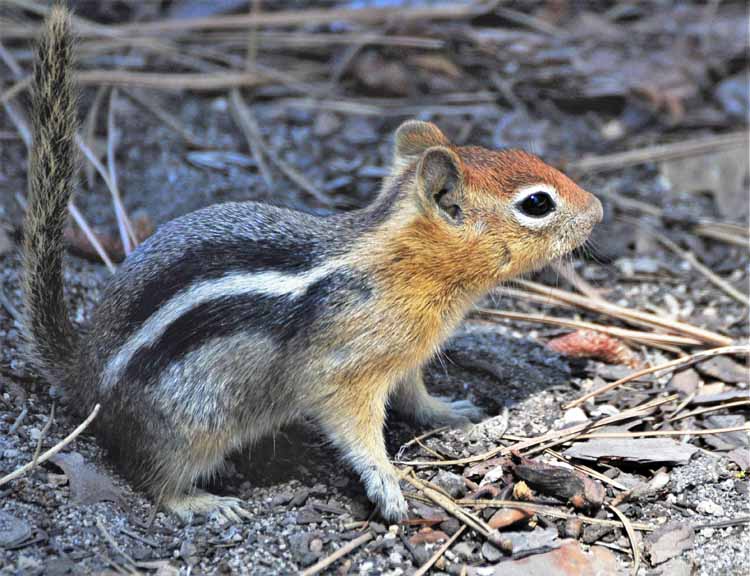
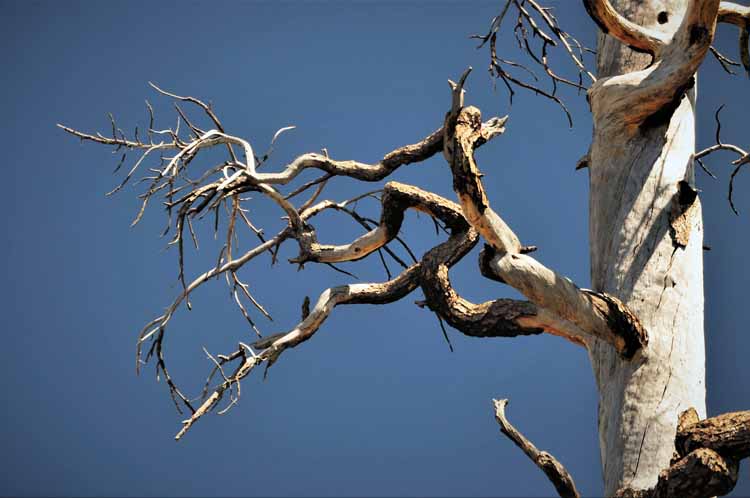

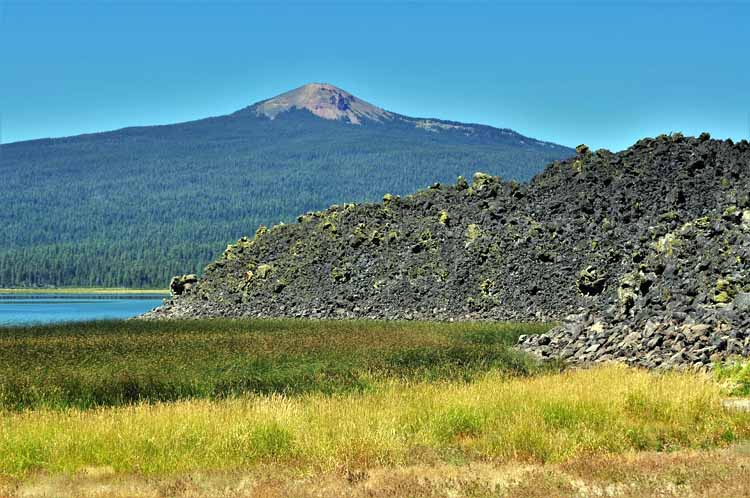
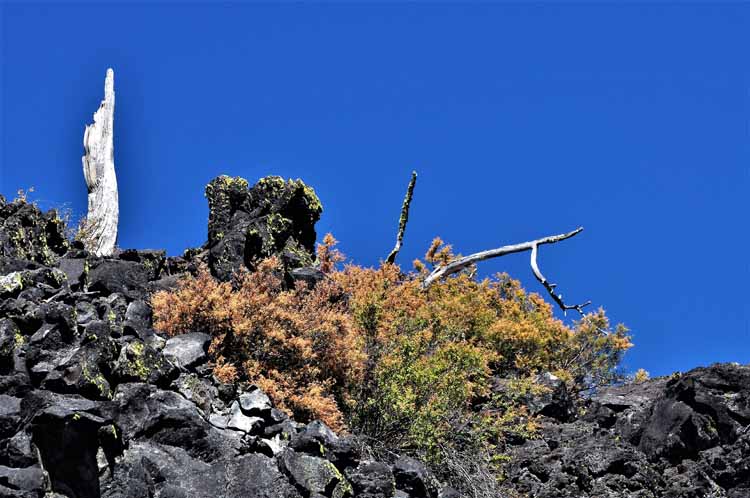
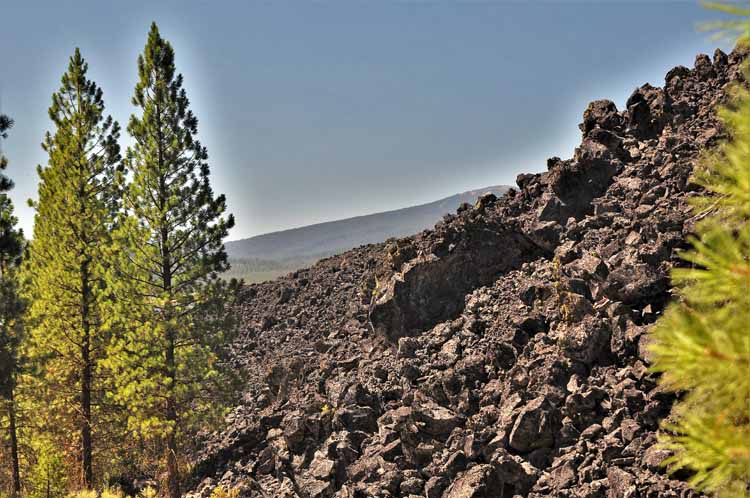
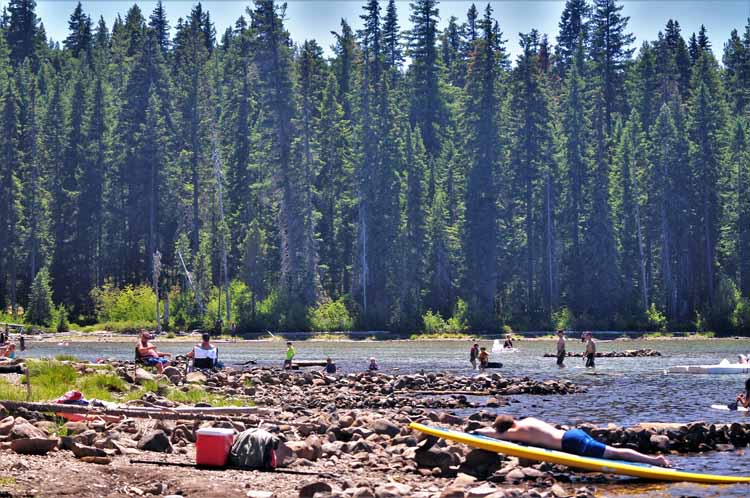
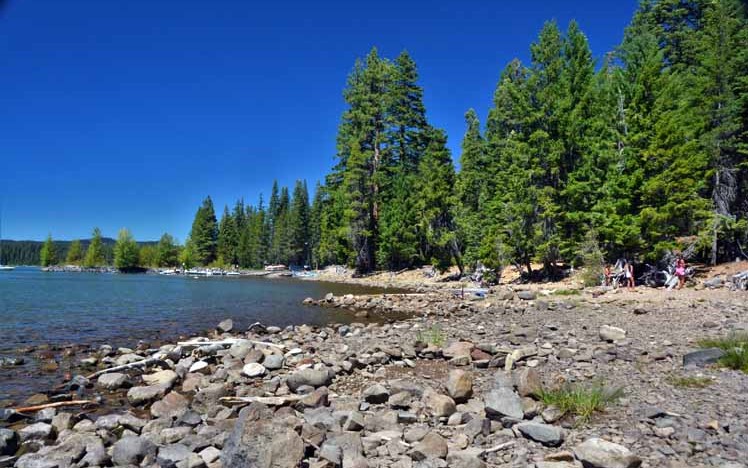
.JPG)
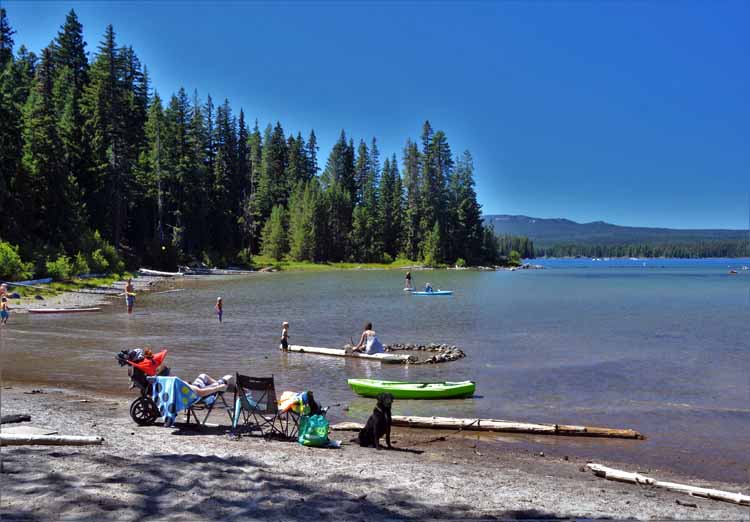
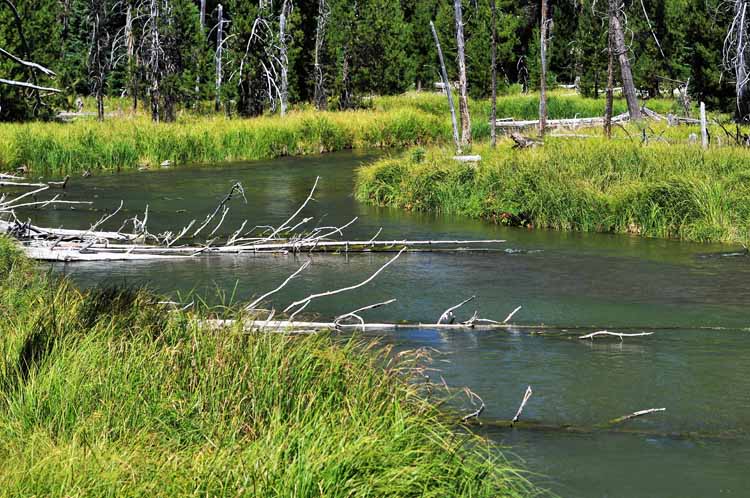
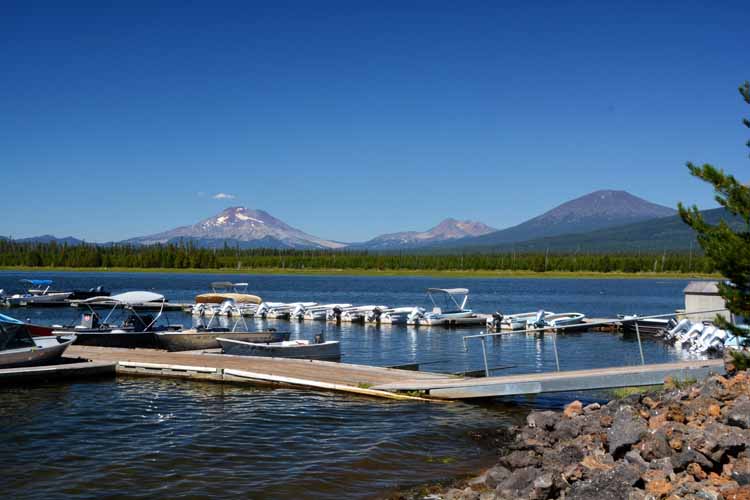
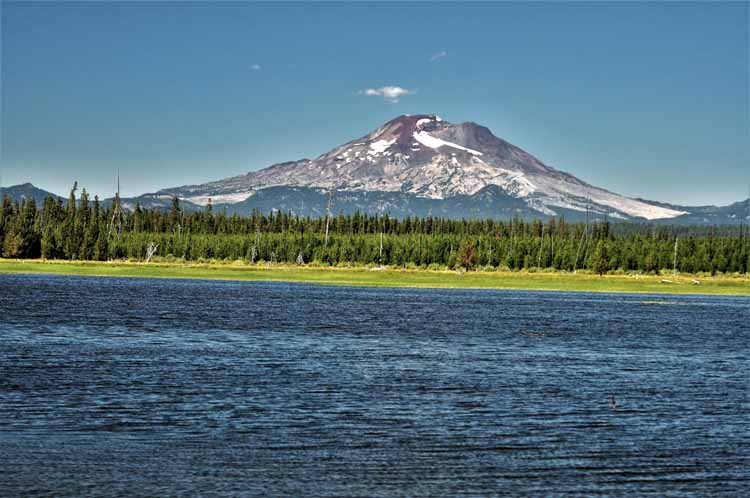
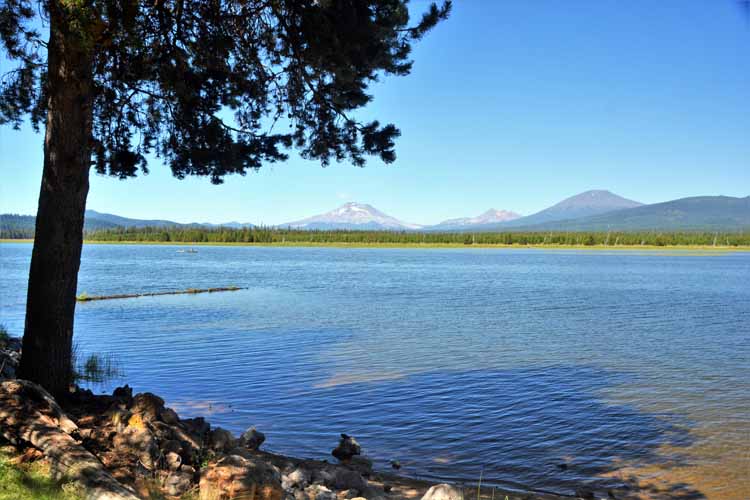
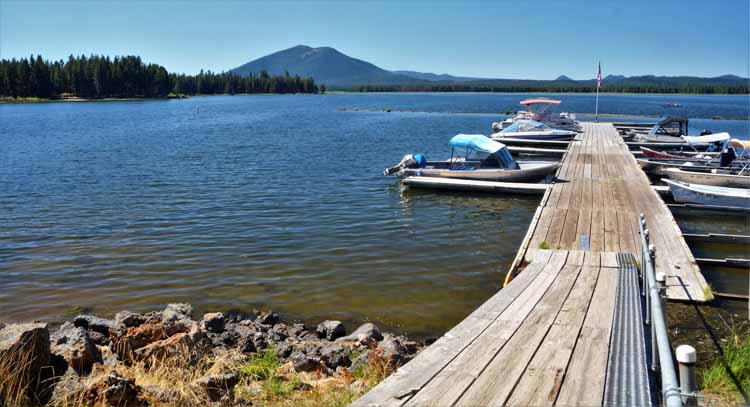
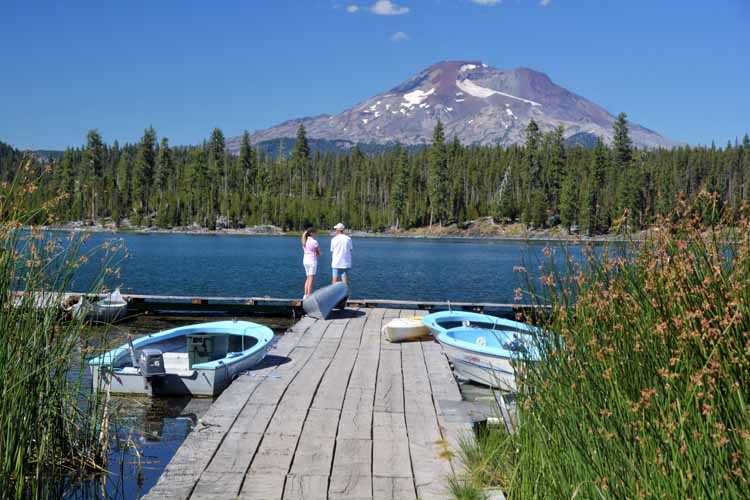
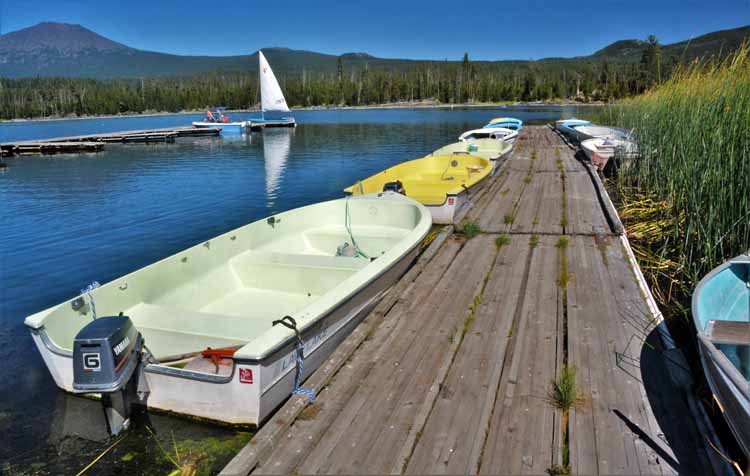
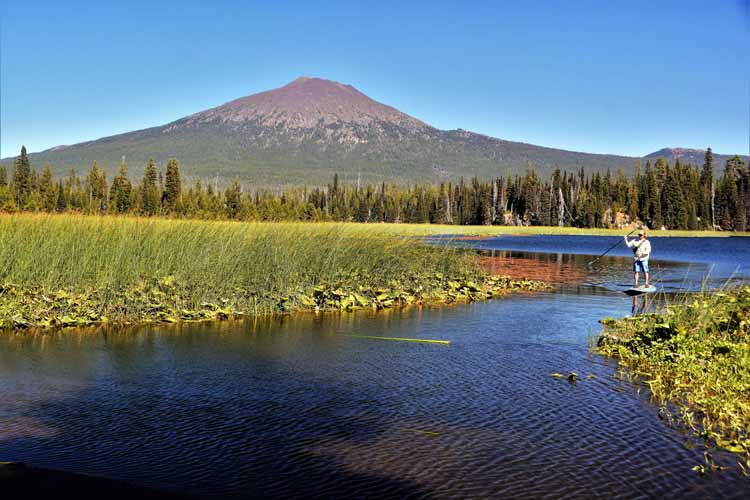
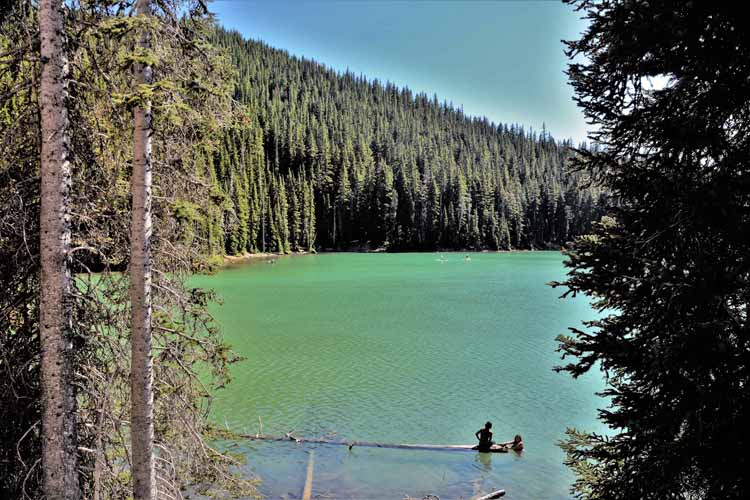
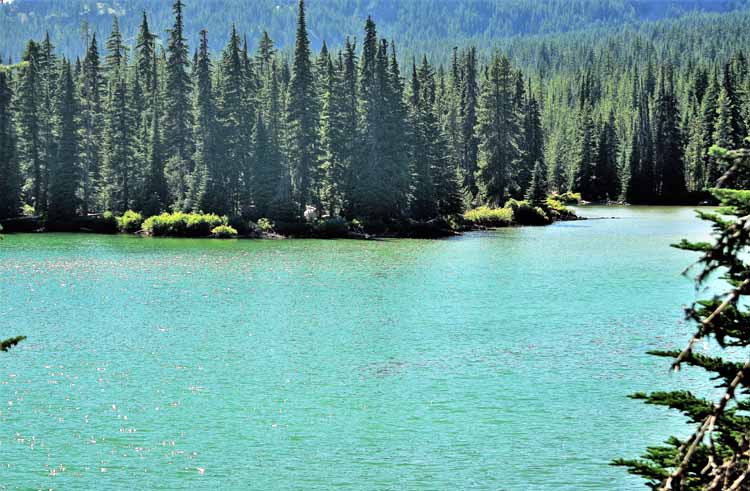
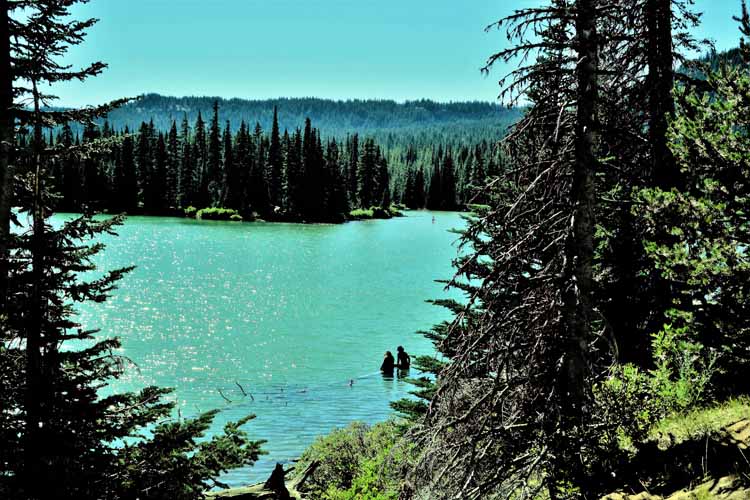
.JPG)
The McKenzie-Santiam Pass Scenic Byway is as diverse as any route one can imagine. Starting the 88-mile loop from Sisters, one can travel clockwise or counter-clockwise. I chose a clockwise route which had me leaving Sisters on the Highway 242. The narrow two-lane road, no more than 10-feet wide, curves and twists through the devestated Deschutes National Forest.
The August 2003 lightning fire, known as the B&B Complex Fire, scorched more than 90,000 acres - 46 square miles - of the forest, leaving a path still evident today. After several miles, the burned forest makes way to a massive lava flow that continues on to the summit of McKenzie Pass, elevation 5300 feet.
Here stands the Dee Wright Observatory, a structure made completely of lava rock in 1935 by the Civilian Conservation Corps (CCC) and named after the crew's foreman. Climb the structure to the top deck to get unobstructed views of Mt. Washington to the north and North Sister, Middle Sister and Little Brother to the south. A paved path through the lava beds surround the observatory.
The lava flow eventually turns to yet a different landscape. At the junction of Highway 242 and Highway 126, the road turns north, enters the Willamette National Forest and follows the McKenzie River. The now heavily forested landscape lines the winding steep curves and hairpin turns with speeds no more than 15, 20 and 30-mph.
Views of the McKenzie River can be had along this route, along with a few waterfalls. Two I visited were the Koosha and Sahalie Both are single-tiered
falls cascading over natural lava dams. I parked at the Sahalie Falls parking lot, walked the very, very short distance to the falls, then walked a
quarter mile along the forested path to Koosah Falls. It's an easy walk with viewpoints along the way. Pockets of cool air from the river keeps visitors'
temps to a comfortable degree even on the hottest of days.
The last leg of the route is the Highway 20/126 which leads back to Sisters. The highway here is much wider and has straightened out.
It's a bit non-descript, but several lakes and sno-parks are accesible
before going over the 4,800-foot Santiam Pass. The Santiam Pass had its own wildfire to contend with in August of 2017. Scorched trees still standing tall cast a black
and white landscape up the hillsides.
.JPG)


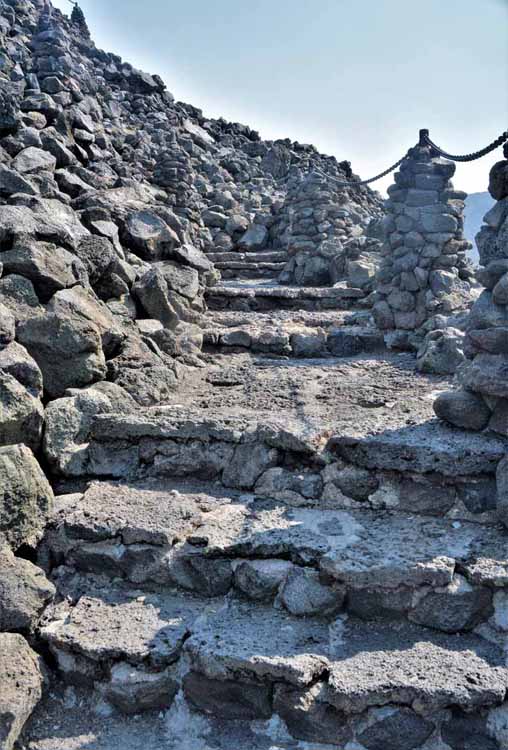
.JPG)





.JPG)
.JPG)
.JPG)

.JPG)
.JPG)
.JPG)
.JPG)
.JPG)
.JPG)
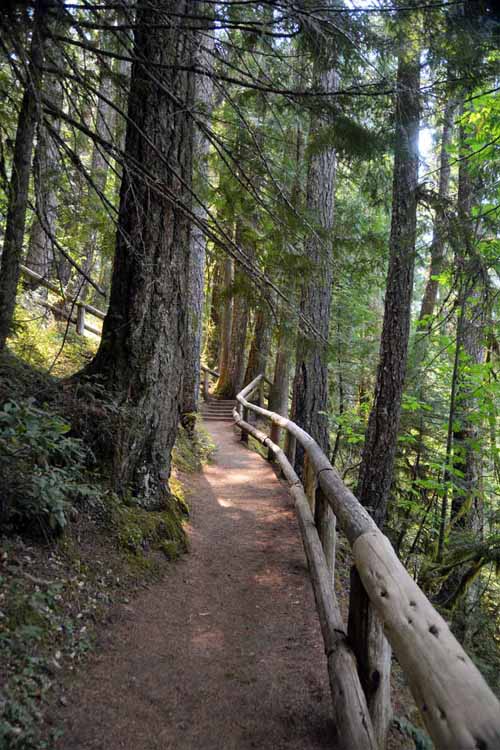

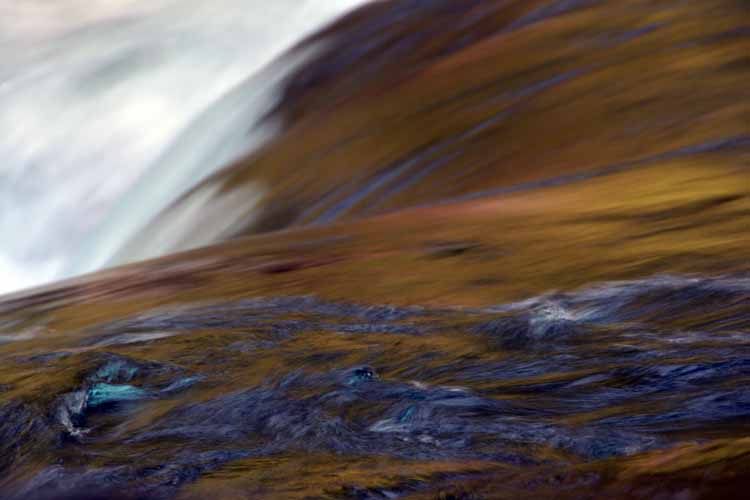
.JPG)
.JPG)
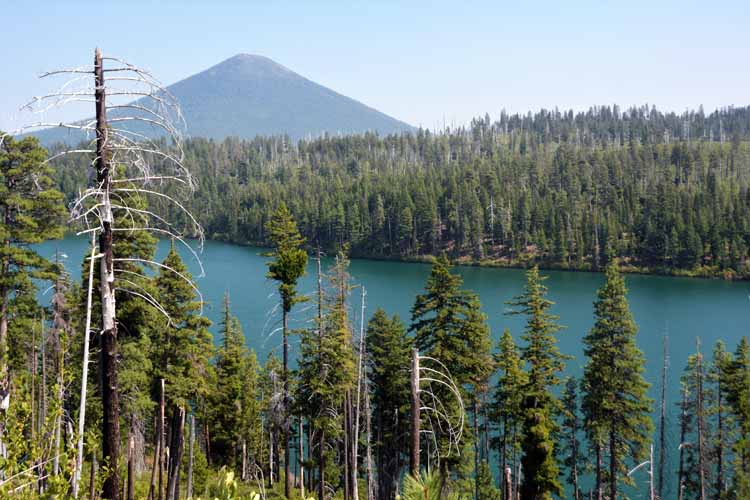
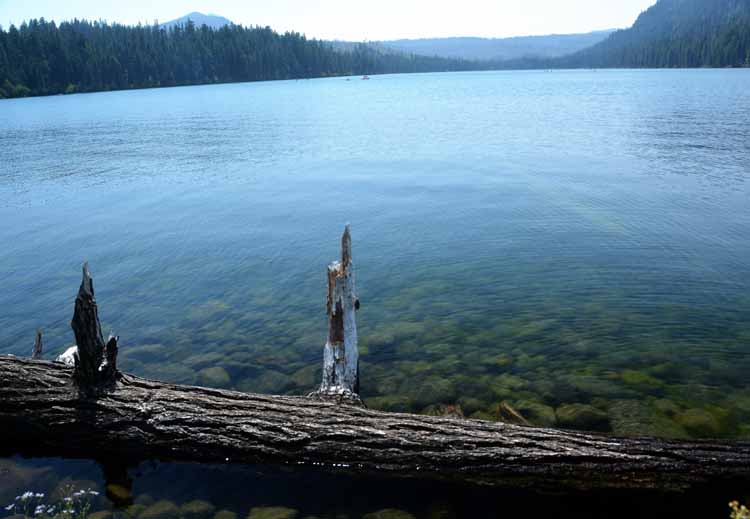
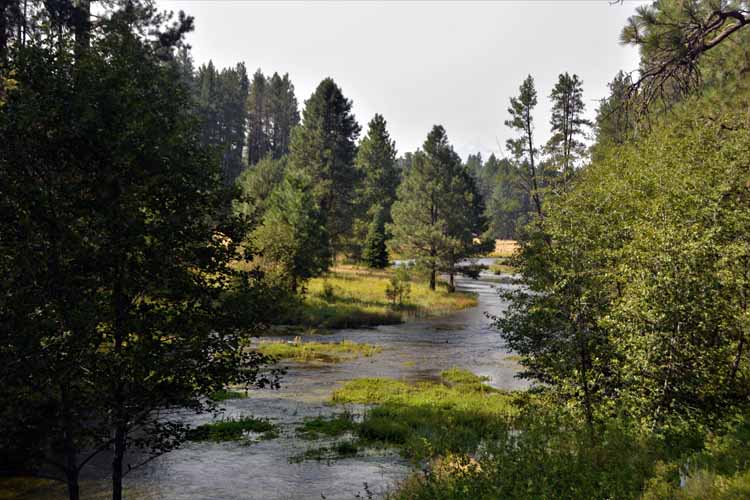
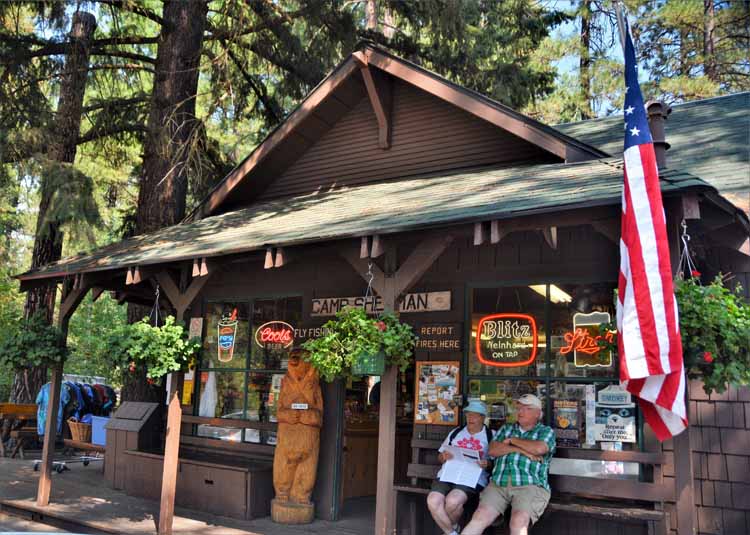
Camp Sherman is a community of summer homes and resorts. Only a few hundred residents live there year round, but by summer's end, campgrounds and cabins are filled to capacity. It's a quiet and off the beaten path hideaway with a general store and post office.
.JPG)
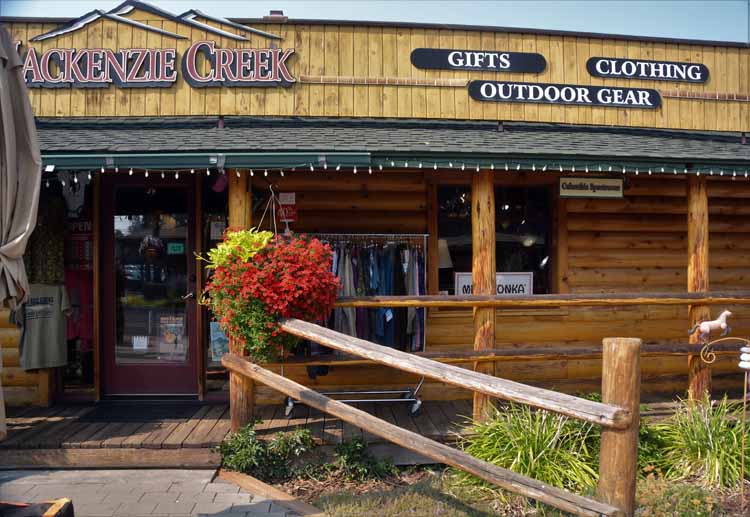
.JPG)
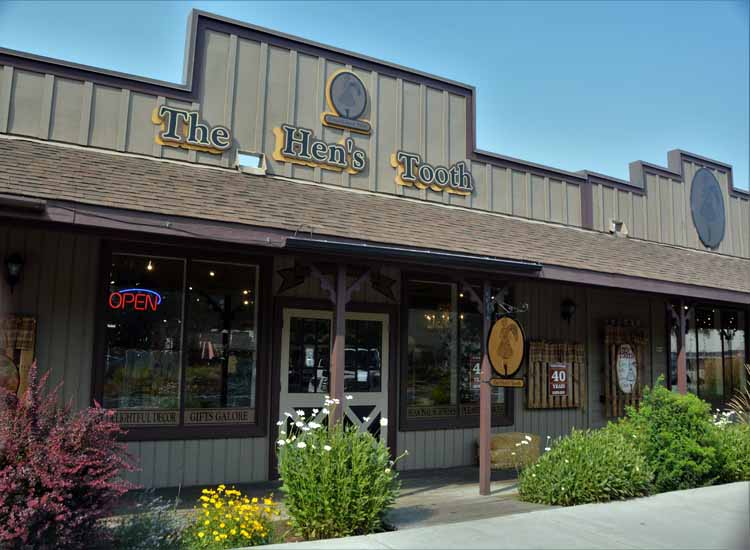
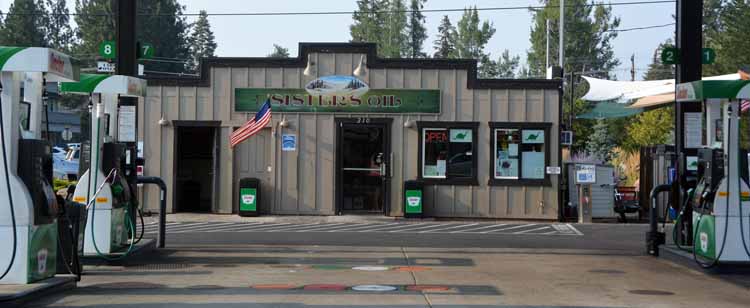
To continue viewing A summer road trip photos, please follow the links below.
Next page: Leg 3 - Bend to Albuquerque